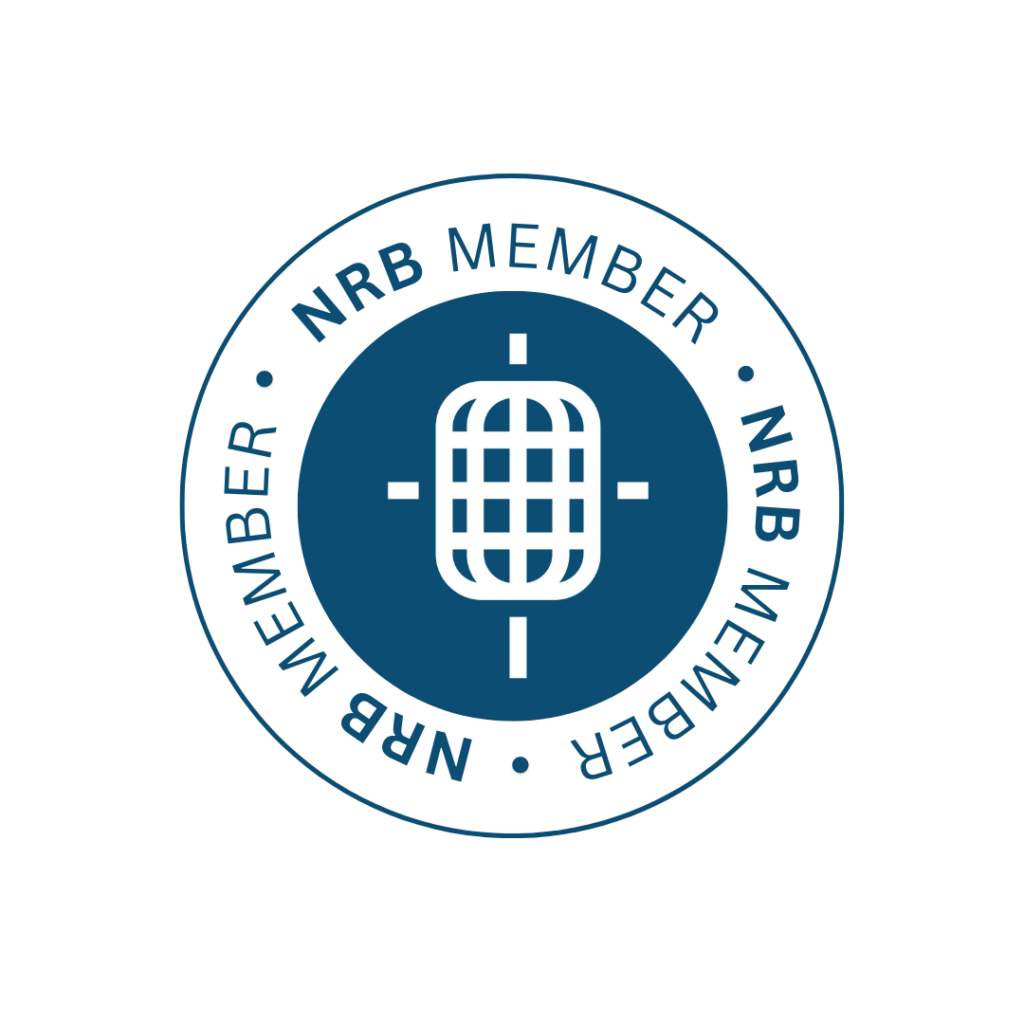The Hunt for Donor Focused Communication
There’s a scene in the movie of Tom Clancy’s The Hunt for Red October that seems apropos to today’s donor communciation landscape. The team is gathered in the Combat Information Center, studying a map which details a foreboding number of warships positioned throughout the Atlantic, when this exchange takes place:
Captain Davenport: They’re pinging away with their active sonar like they’re looking for something, but nobody’s listening.
Jack Ryan: What do you mean?
Captain Davenport: Well, they’re moving at almost forty knots. At that speed, they could run right over my daughter’s stereo and not hear it.
Sadly, that’s the state of too much communication today. Everyone is sending out messages by the millions but who’s listening? More importantly, for whom are you writing? Perhaps you’re inadvertently doing exactly what the Russian Navy was doing in The Hunt for Red October; trying to drive your donors and friends to certain behaviors.
Donor focused communication begins with understanding with whom you’re communicating and their interests and desires. With the growth of digital channels such as email, Facebook, Twitter, Instagram, and the like many organizations are trying to extend their budgets by focusing on these less expensive channels.
Instead of meeting donors where they are, these organizations are trying to drive donor and constituent behavior, and the vast majority are disappointed in the results of these activities.
At Douglas Shaw & Associates, our experience shows that when you make the donor the focus of your communication, you have a better chance of engaging them in the very actions you may be driving them toward. Over the years, direct response practitioners have discovered that the fastest way to lose the reader is to begin talking about yourself and your organization. Whether you are providing a meal for someone without a home or selling lawn services, there are three things you can do to ensure your communication is donor focused.
- Tell donors and friends what they are accomplishing in the lives of the people your organization serves.
- Change your personal pronouns from “we” to “you.” In a recent study of the most popular words in viral headlines, “you” occurred over twice as often as “I” and “we” didn’t make the top 50 list.
- Talk about the outcomes and not the process. Most donors don’t want to know exactly how your organization completes its work, but they do want to know the outcomes in terms of lives that are changed.
When you put the donor in the center of the mission, you’ll find that not only are they more interested in what you have to say, but they’re much more likely to respond to your call-to-action.
Related articles
-

What to Think of Artificial Intelligence and Its Impact on Fundraising . . .
In trying to summon an image to represent our theme for this issue of Donor Focus, I found myself drawn…
-

Fundraising Meets Artificial Intelligence
In this article, we’ll explore the captivating realm of AI-powered fundraising efforts—the boundless benefits and intriguing challenges that arise when…







